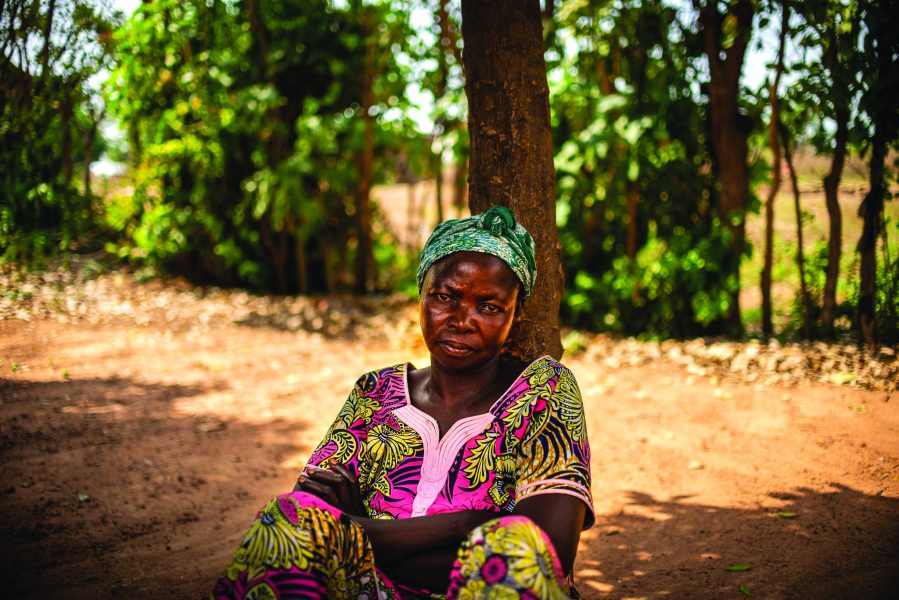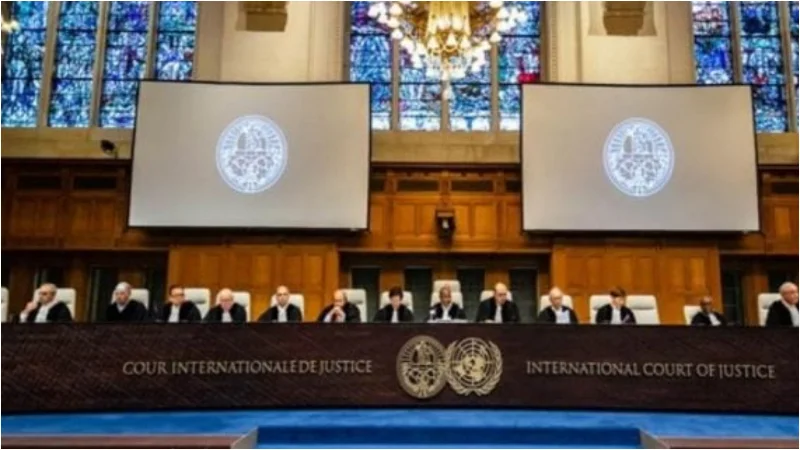Two mounds of earth heaped over the little bodies of Halima Hassan Abdullahi’s twin grandchildren are encircled by hacked-off thorn branches. Ebla and Abdia were only alive for a day.
Hunger-stricken, their mother gave birth to the twins a month early, eight weeks after their depleted family entered a displaced families camp in Dollow, Somalia.
“She’s malnourished, and her two babies died of starvation,” Abdullahi said at the Kaxareey camp, which opened in January and now shelters 13,000 people.
They are one of almost 6 million Somalis that require assistance to survive.
The greatest drought in 40 years has shrivelled their beans and corn and strewn scrubland with the dead of their livestock after rains failed for four seasons in a row.
With the world’s attention focused on Ukraine, humanitarian agencies and the UN are frantic to draw attention to a disaster they claim is on track to rival Somalia’s 2011 famine. More over a quarter of a million individuals perished, the majority of them were children under the age of five.
Only nearly half of the inhabitants in the Kaxareey camp have enough money. Abdullahi’s family is not among the fortunate.
[embedpost slug=”somalia-on-the-path-to-stability/”]
She hasn’t seen anything like it since the early 1990s, when a famine in Somalia sparked a disastrous US military incursion that resulted in the shooting down of a Black Hawk aircraft. She claimed that her family had never had to leave their farm before.
However, this is insufficient. Her daughter-in-law requires typhoid medicine, which costs 10 times Abdullahi’s daily pay. A thin infant frets at her breast as the girl lies still on a blanket. A red high-heeled shoe with a diamante clasp rests close in the dirt, one of the few belongings she brought from their sun-bleached house. She is now unable to even speak her own name.
“Abdiya,” Abdullahi whispers, attempting to wake her up.
The girl does not raise her head.




















